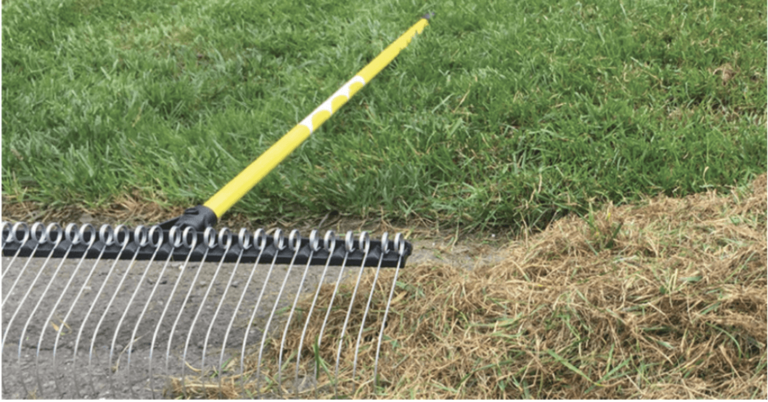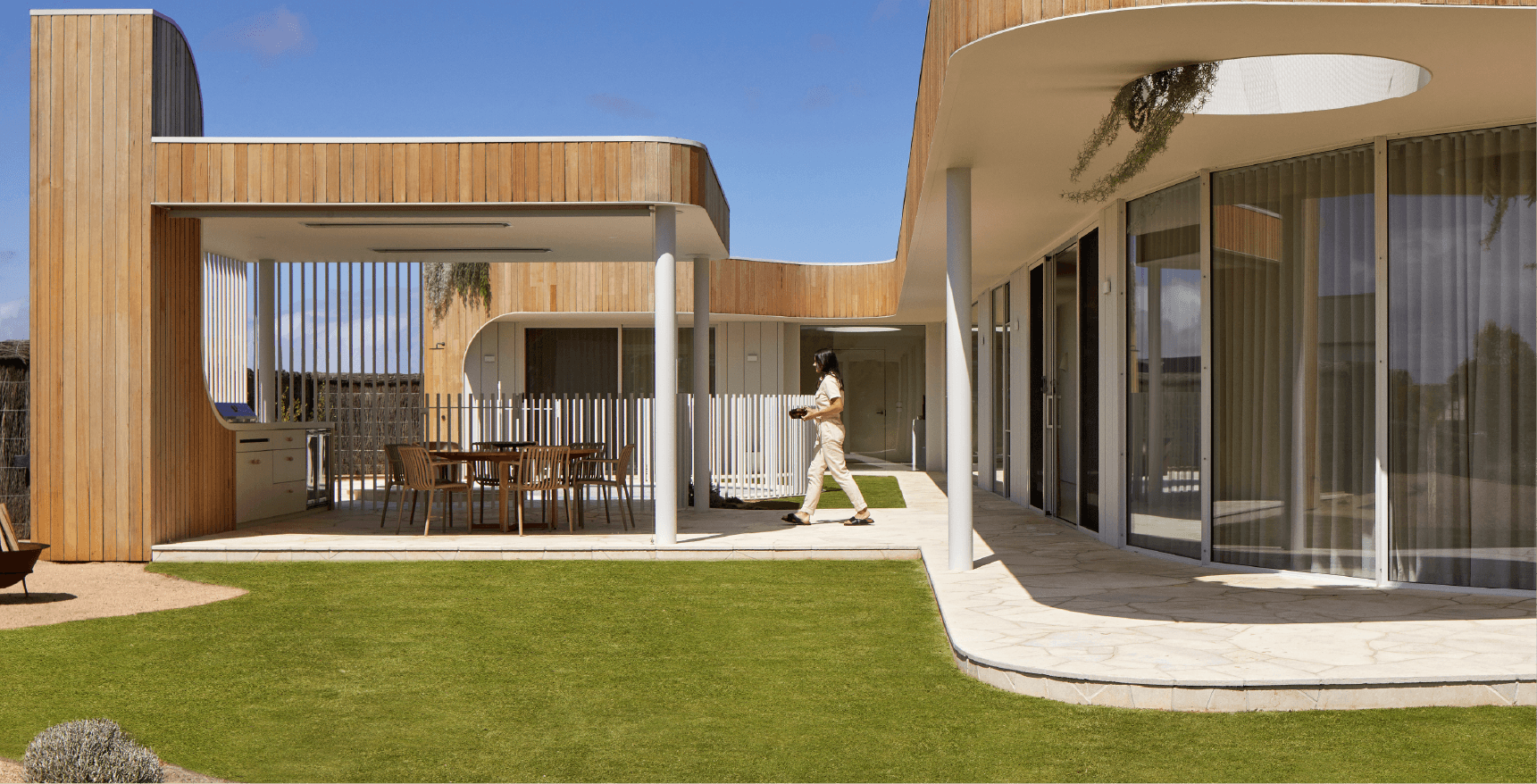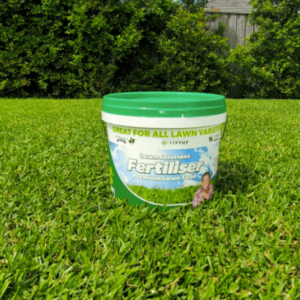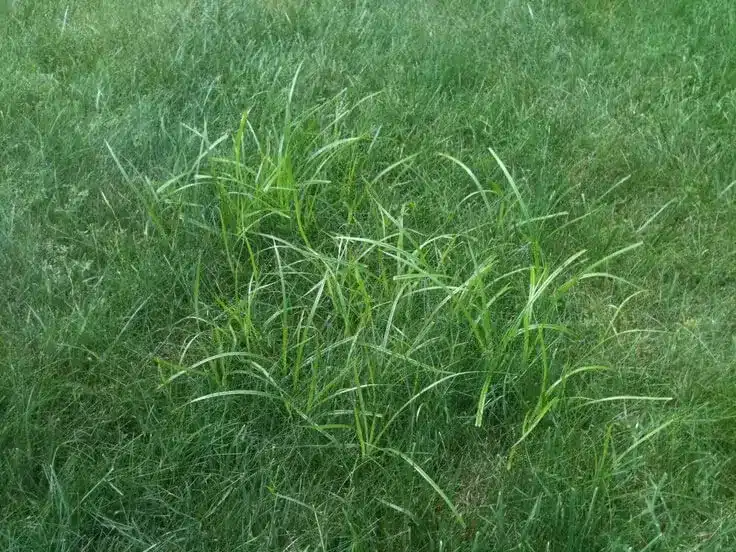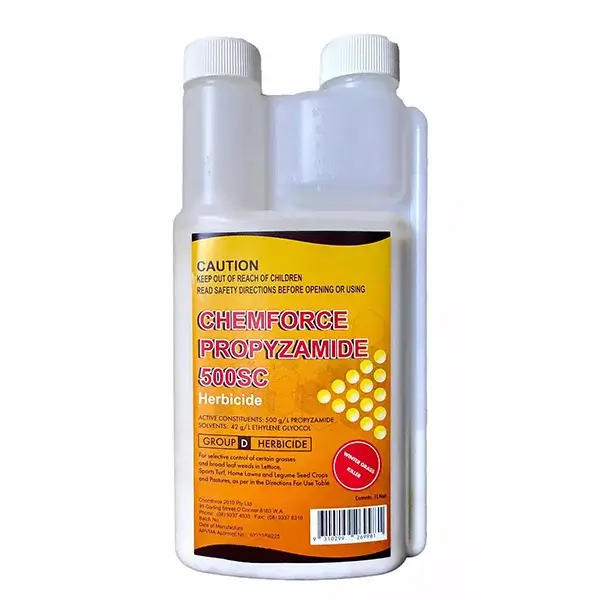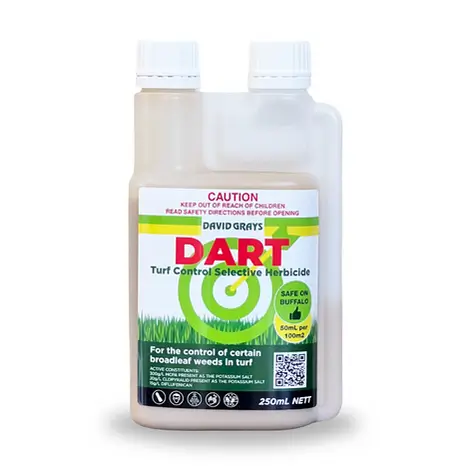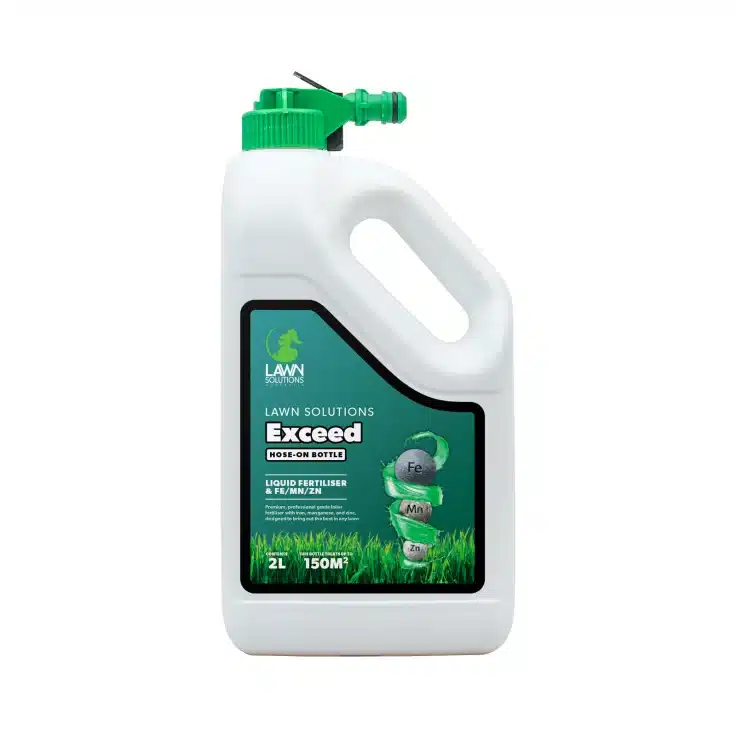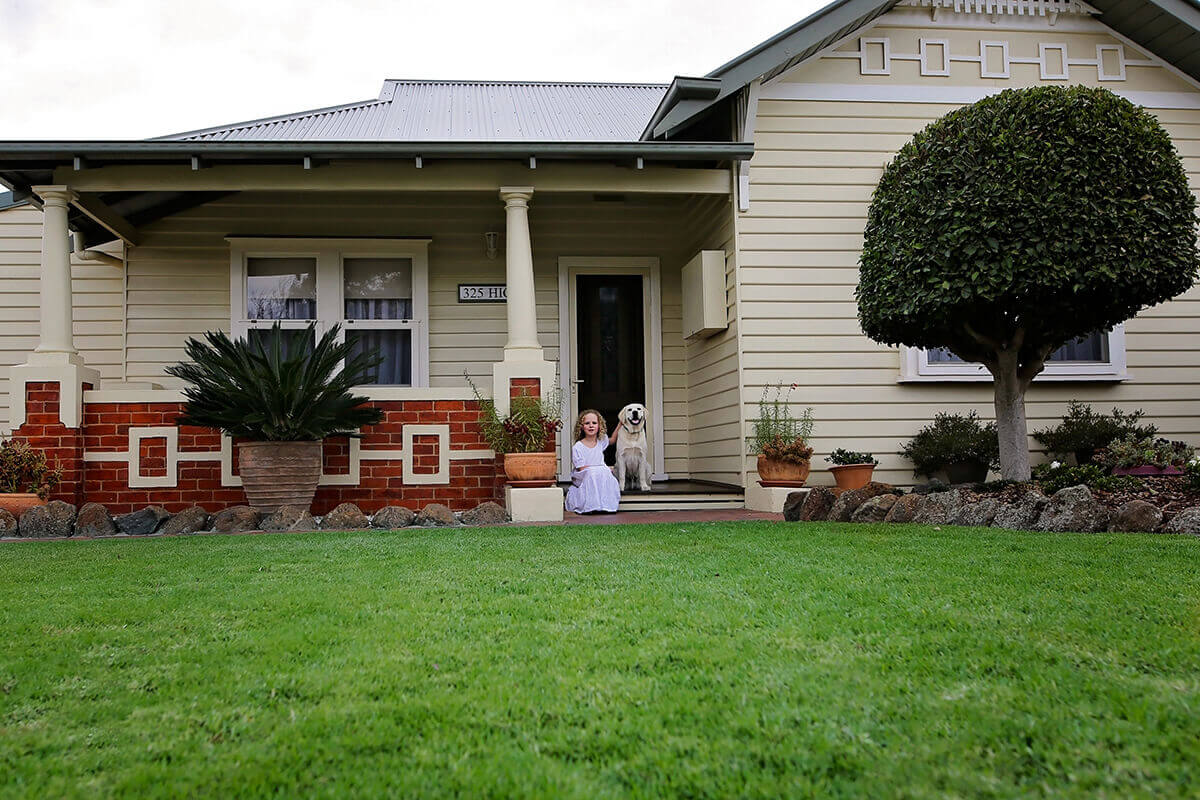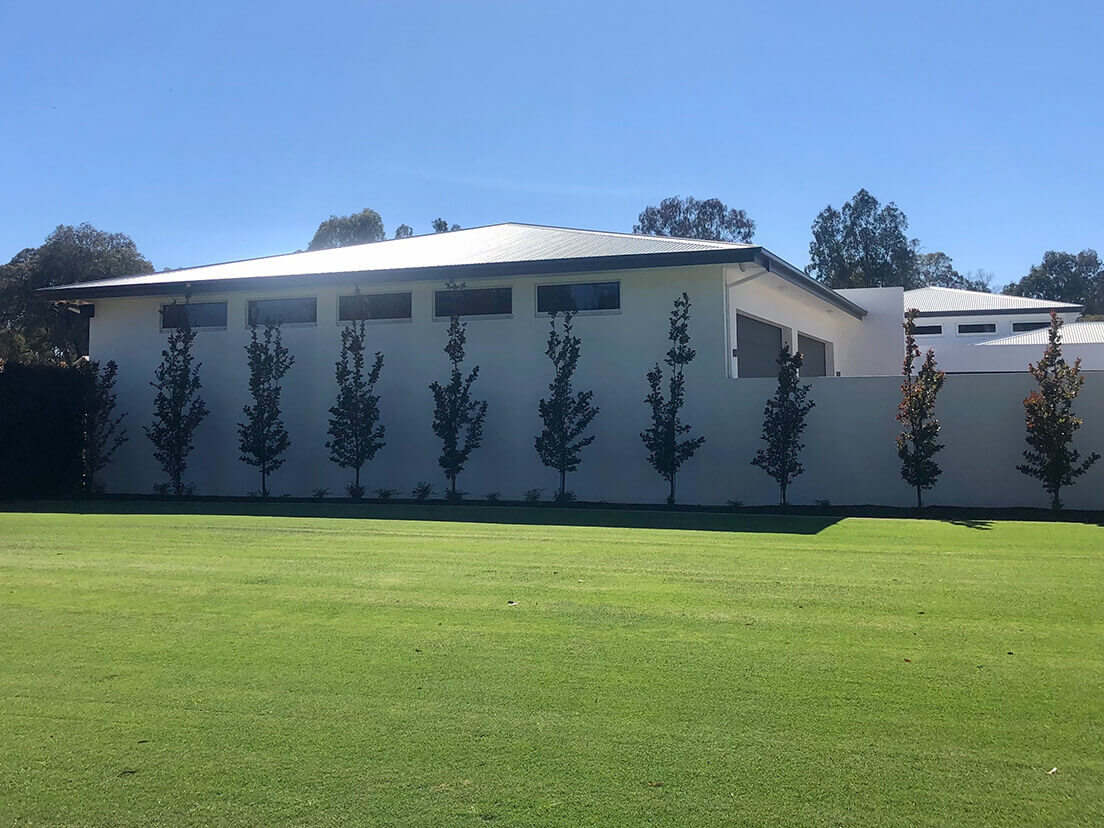Have you noticed an excessive build-up of dead organic matter within the profile of your grass? Does your lawn feel spongy to walk on? Or does it look worse after a mow with circular spots of dry frayed grass?
If this is the case, it’s highly likely you have thatch.
Lawn thatching is a common problem that can result from uneven water penetration, insufficient mowing or neglecting to maintain your instant turf.
In this blog we give you some helpful tips to restore your grass, so it’s lush and green for the long-term.
Read on to discover why, when, and how to dethatch your lawn.
What is thatch?
Thatch is a natural accumulation of dead grass stems, roots, stolons, rhizomes, and other organic debris that is broken down over time by microbes in the soil. Thatch accumulates immediately below the green surface of the lawn—on top of the soil at the base of blades. A layer of thatch that’s less than a centimetre thick is normal and does not present cause for action. The problem is that thatch can sometimes build up too fast for the natural organic processes to break it down. Some turf varieties will thatch more than others and overtime the height of your lawn can increase and can become quite unsightly.
This is when dethatching your lawn is important, because if left for too long, it can cause some serious problems in your lawn.
Why should I dethatch my lawn?
A layer of thatch more than a couple of centimetres thick will create an unhealthy barrier in your lawn. Think of it like a layer of glad wrap on top of the soil blocking air, water and nutrients from reaching the roots.
A thick layer of thatch can also harbor disease-causing insects and fungi, prolong high humidity that promotes disease, and withhold fertilisers and herbicides. And as thatch builds, grass roots knit into the thatch layer instead of the soil, where they easily succumb to environmental stresses such as prolonged periods of hot, dry weather.
Removing thatch and dead material from your lawn will help to remove this layer so that air and nutrients are able to reach your soil base and can more effectively feed your lawn, allow proper drainage and help it thrive during summer.
How do I dethatch my lawn?
The best news about dethatching your lawn is that the cure is not complicated. In fact, you are likely to have dethatching equipment on hand, in your shed or garage.
Mow low
Low cut mowing, sometimes referred to as scalping, is when you mow the lawn at a very low height, much lower than normal. With this method, you are aiming to mow the grass so low that you actually remove the thatch. You might achieve this in one mow or you might need to follow up with additional mows, lowering the height of the blades gradually each time. It’s essential to note that when you are applying this method you should always mow with a catcher on and ensure all grass clippings are removed from the surface to allow for maximum, even regrowth.
Dethatching Kikuyu and Couch grass by scalping is effective if you scalp as close to the ground as possible. Dethatching Buffalo grass is more successful when stolons and some leaves are left after mowing.
Use a dethatching rake
If your thatch is around 1cm deep and your lawn is not too large, you might find that you can get away with simply using a dethatching rake to remove the thatch. This is the easiest and least harmful way to dethatch a lawn and you can purchase special rakes from any lawn supplier, garden or hardware store.
As you are raking, the tines dig in and will be pulling the thatch and dead matter out from within the grass. Thatching rakes are helpful to remove dead leaf material in Buffalo, Kikuyu and Couch lawns and if used aggressively will have a similar effect to moderate low mowing. Be sure to remove the dead vegetative material following raking to present a clear surface for water and fertiliser penetration.
Hire a specialised dethatching machine (vertical cutter, verticutter, or power rake)
You can also hire or purchase specialised dethatching machines that make light work of removing the thatch layer. This can be a good option if you have a large lawn, or if the thatch layer is especially thick and hasn’t been tended to for a number of years.
For best results make sure you stick to the recommended cutting heights for your lawn type and follow the instructions provided by the hire company.
When is the best time to dethatch my lawn?
You should generally think about dethatching your lawn when the thatch has reached a depth of about 1.5cm.
Lawns should be dethatched when conditions are best to promote rapid recovery and it works only for warm-season grasses that have rhizomes - Buffalo, Kikuyu, Couch and Zoysia.
Dethatching should be avoided for cool-season types of turf like fescue as this practice will probably spell the end of your lawn.
The best time to dethatch warm-season lawns is late spring or early summer after they’ve completely greened and are growing rapidly and can recover quickly from the stress. Do not do this in the cooler months as you will cause significant damage to your lawn and it will not be able to recover during winter.
What should I do after I dethatch my lawn?
Whichever method you choose to dethatch your lawn, you must feed the lawn immediately after with a quality lawn fertiliser and water deeply.
Dethatching will inevitably leave your lawn looking a little worse for wear for a few weeks. But it will bounce back, and the many benefits will be worthwhile.
Thatching is not always avoidable but by adhering to the following lawn care practices throughout the year you can help reduce the severity in the future:
- Use the right type and amount of fertiliser for normal growth
- Water deeply, thoroughly, but infrequently
- Maintain proper pH levels
- Aerate your lawn on a regular schedule to make room for new growth
For more lawn care advice visit our website here.

